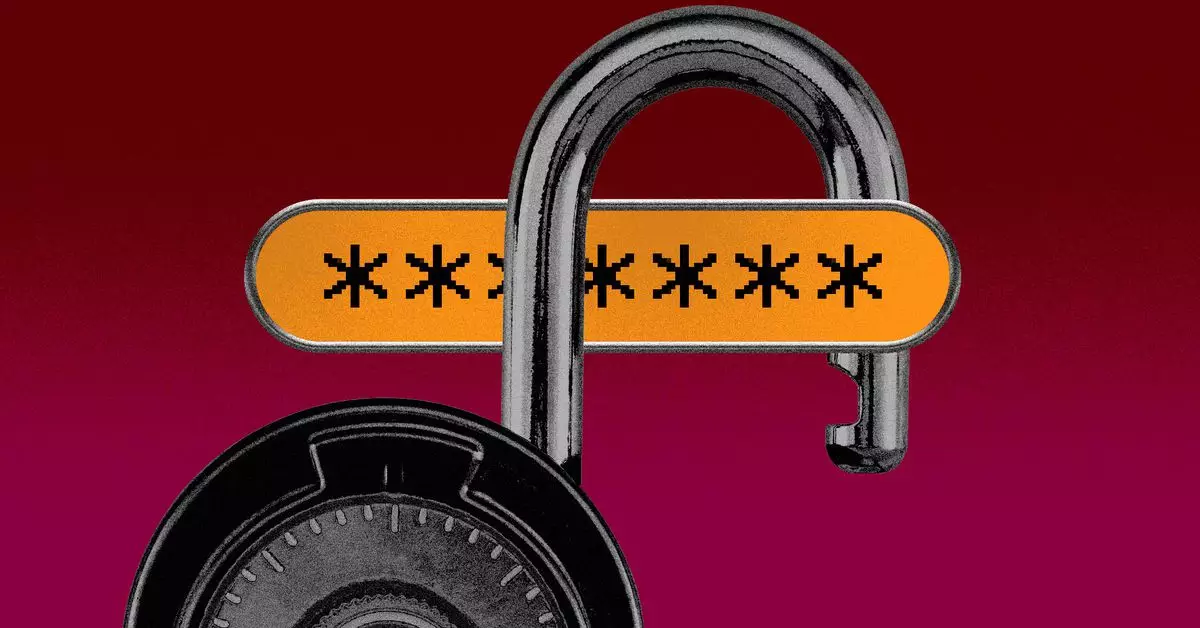On a seemingly ordinary Friday evening, Okta unveiled a significant security concern that raised eyebrows across the tech community. The identity and access management platform disclosed a vulnerability that allowed unauthorized login attempts under specific conditions. At the heart of the matter lies an unsettling possibility: an attacker could potentially access accounts simply by entering arbitrary passwords when the username exceeded 52 characters. This revelation not only highlights a critical security lapse but also underscores the broader implications of oversights in authentication systems.
The vulnerability revolved around a defect in how Okta managed its cache keys for Active Directory/LDAP Delegated Authentication (DelAuth). For those unfamiliar, the cache key is essential for efficiently identifying prior session credentials. Okta utilized the Bcrypt algorithm to hash a concatenated string consisting of user ID, username, and password. However, under certain conditions—namely, when the authentication agent is overloaded or unavailable—this flawed mechanism could allow users to authenticate solely by referencing a previously successful login’s cached key. Effectively, the system’s reliance on the cache in high-traffic scenarios created a perfect storm for potential exploitation, bypassing the security measures that are generally expected in modern authentication protocols.
This incident serves as a wake-up call, not just for Okta but for the entire tech industry. It emphasizes the necessity for continuously assessing and updating security protocols. The use of Bcrypt, while generally considered robust, proved insufficient in this scenario. The subsequent transition to PBKDF2—a more complex key derivation function—might have rectified the immediate issue, but it opens up discussions surrounding best practices in cryptographic implementations. It’s crucial for organizations to recognize that even established algorithms can harbor vulnerabilities under specific conditions.
In light of this vulnerability announcement, users and organizations relying on Okta should be proactive. First and foremost, they must audit their system logs for the past three months to identify any unusual login attempts or suspicious activity. Implementing stronger authentication measures, such as multi-factor authentication (MFA), can significantly mitigate potential threats—especially given that the vulnerability could bypass such protective layers under certain configurations. Organizations should also remain vigilant about any subsequent updates or patches from Okta as they work to maintain the integrity of their security infrastructure.
While Okta has acted to rectify the vulnerability by updating its cryptographic practices, the incident serves as a sobering reminder about the consequences of overlooked security measures. In an age where data breaches are a prevalent threat, it is imperative for organizations and users alike to remain educated and cautious. Users must actively monitor their accounts and employ robust authentication methods to guard against potential vulnerabilities. Continuous vigilance and proactive measures are the best defenses against the evolving landscape of cyber threats.

